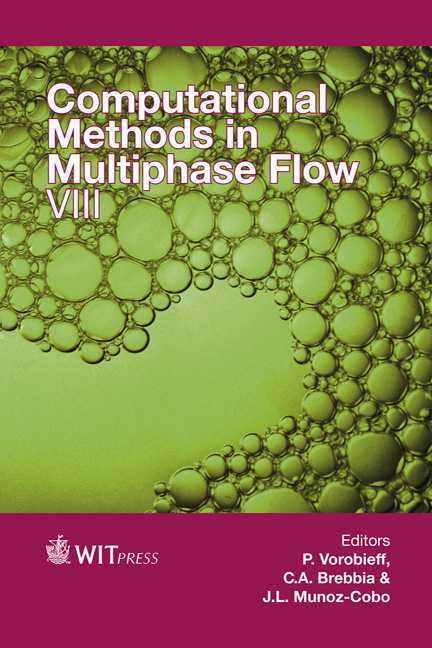Mechanistic Model For Four-phase Sand/water/oil/gas Stratified Flow In Horizontal Pipes
Price
Free (open access)
Transaction
Volume
89
Pages
12
Page Range
335 - 346
Published
2015
Size
371 kb
Paper DOI
10.2495/MPF150291
Copyright
WIT Press
Author(s)
B. Moradi, M. Hossain, G. Oluyemi
Abstract
Understanding the physics of multiphase flow as one of the most dominant flow regimes is posing many challenges to researchers in the field of fluid dynamics. In particular, in petroleum industries where production flow is always multiphase, pipeline engineers and operators have to have a clear understanding of the multiphase behaviour when transferring crude oil, associated gas, produced water and solid particles from wellheads to processing facilities. Many researchers have simplified the treatment of complex flows through considering them as the flows of two or three different phases. A comprehensive two-phase liquid/gas model developed by Xiao et al. in 1990, a two-phase solid/liquid model developed by Doron and Barnea in 1993 or a three-phase liquid/liquid/gas model by Taitel et al. in 1995 are just a few examples of these approaches. In this paper, to the best of the authors’ knowledge, a mechanistic model has been developed to model the four-phase sand/water/oil/gas flow for a stratified flow regime in a horizontal pipe for the first time. The developed model takes into account some aspects of the three-layer model, which was introduced by Doron and Barnea in 1993 and the three-phase liquid/liquid/gas model of Taitel et al. This model considers the entire spectrum of phases comprising a stationary sand bed, a moving sand bed, water, and oil and gas layers, and the flow regime has been modelled by a set of 12 non-linear equations. The method for solving this system of non-linear equations is discussed, with an aim to calculate the phase holdups, phase velocities and pressure loss.
Keywords
mechanistic model, multiphase, four-phase, sand transport, stratified, settling velocity, suspending velocity





